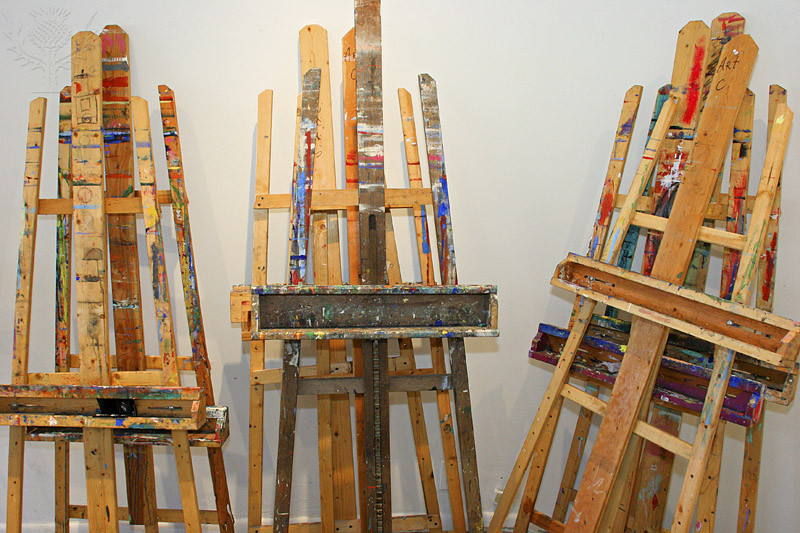The Art of College Applications


If you’re lucky, maybe a few people will name a foreign language. However, not many are likely to mention visual or performing arts.
In addition to being a minority, seniors applying to a visual or performing arts school must consider what an art degree will allow them to do after graduation, which frequently discourages many from pursuing it. In a world that places more emphasis on advancing in STEM fields, liberal arts studies are not seen as ideal major. However, for those who pursue studies in the arts, art studies mean more than a degree and getting a well paying job.
Many students who apply to art schools have developed a passion for their field, leading them to committing to what many see as a risky pursuit. Paul Chidester, a professor at Pennsylvania State University says, “Most applicants come to us because they had a memorable experience of making art sometime in their lives, usually in high school.”
Along with the common application and official documents, prospective students to art schools nationwide must also create a portfolio. Requirements vary by school but most require a collection of original works that display their abilities and versatile skill set. At Pennsylvania State University, for example, students first submit the general application, GPA and SAT scores. Upon acceptance, they can submit a portfolio in order to enter one of the specific art programs the school offers.
For many art teachers across the country, the college application season means spending extra time helping their art students submit materials to their chosen schools. Mark Kaneshiro, former HBA art teacher, remembers preparing HBA students for art school applications. He told the Eagle Eye that depending on the college, art schools may request pictures of two-dimensional, three dimensional and virtual pieces. Some schools require applicants to upload digital files or submit them in a CD. Schools also expect a variety of pieces that display a wide creative spectrum. Kaneshiro added, “I’ve always told students who were interested or might be interested in majoring in art to save artwork that they have made. This helps a lot.”
[one_third]Art teacher Juri Yamashita
[/one_third]High school art teacher Juri Yamashita remembers applying to New York University’s art therapy program. From her experience, Yamashita says that organization is key to creating a strong application and portfolio. This is usually where a teacher’s aid is needed the most, she adds. “Even if you have a portfolio, it doesn’t mean you are set,” she says. Yamashita also had to include an essay on a selected piece of artwork and explain what she thought of its significance and importance. She also encourages her students to showcase their character along with their technical skills. “They [colleges] look for kids with a real perspective on life and themselves as an artist. You can’t just create pretty paintings anymore. They want want to see a variety of who you are. It’s kind of like a self-portrait,” she says.
Students applying to performing arts programs usually have to submit a portfolio in the form of videos and sound recordings. Marissa Hewitt, 2013 HBA graduate, is currently a student at Manhattanville College in New York. During the application process, Hewitt had memorize monologues and record videos of her recitations, which later served as preliminary tryout material. She worked extensively with voice coach and theater instructor, Megan Deboard, who studied theater, dancing and singing at Point Loma Nazarene University. Deboard is currently teaching at Point Loma Nazarene University as one of its theater professors.
Though the art school application process is a lot of work, Yamashita wants students to remember this: “Even if you are not that technically good, if you have a strong point of view in your artwork, and it’s really creative, and there’s something different about it, you’ll stand out from the hundreds of applications that they get.”
